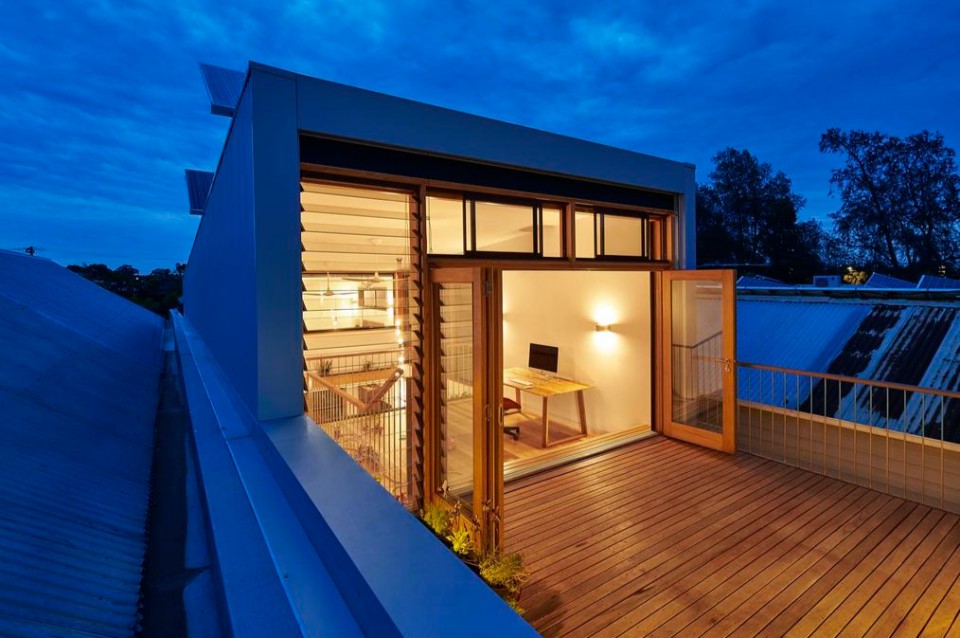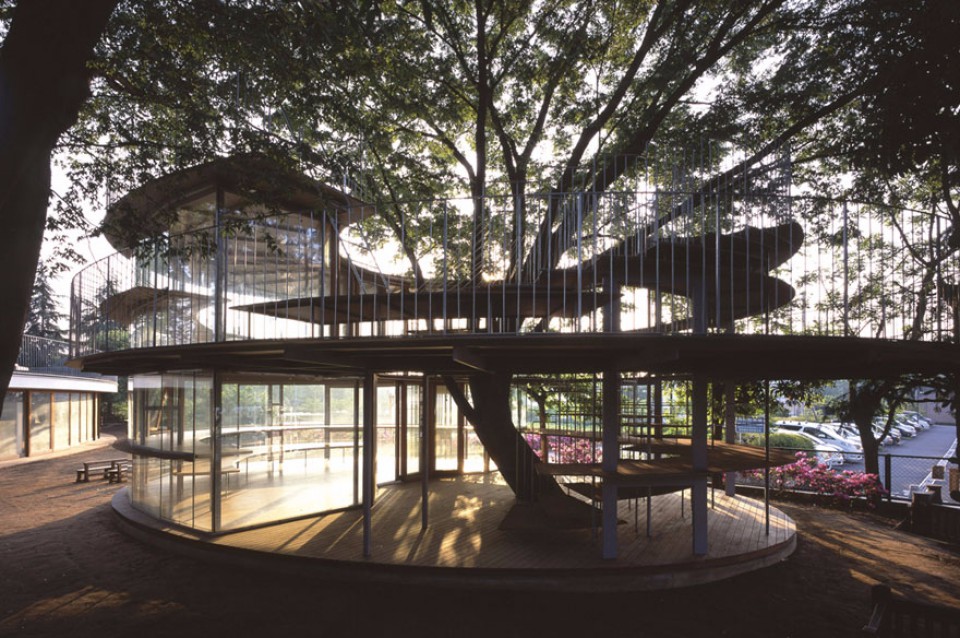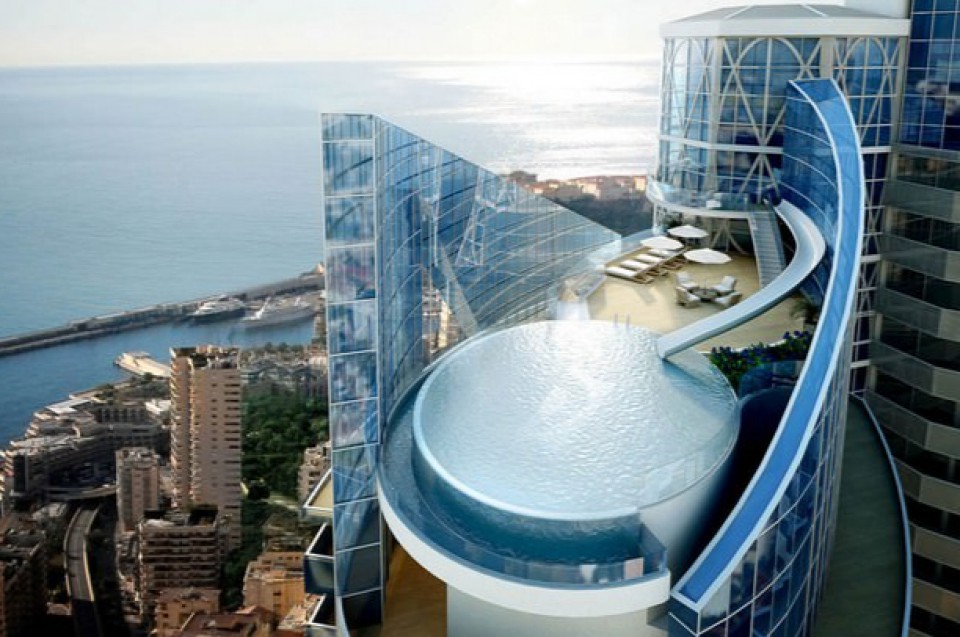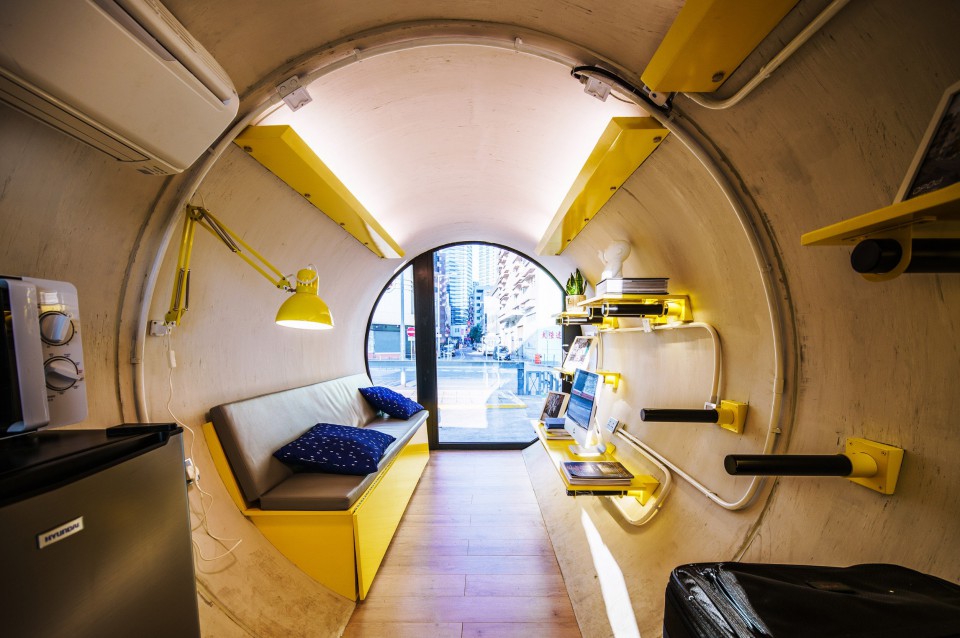Let's Explore the Traditional Houses of Bali, Indonesia, Rich in Philosophy and Inspiration
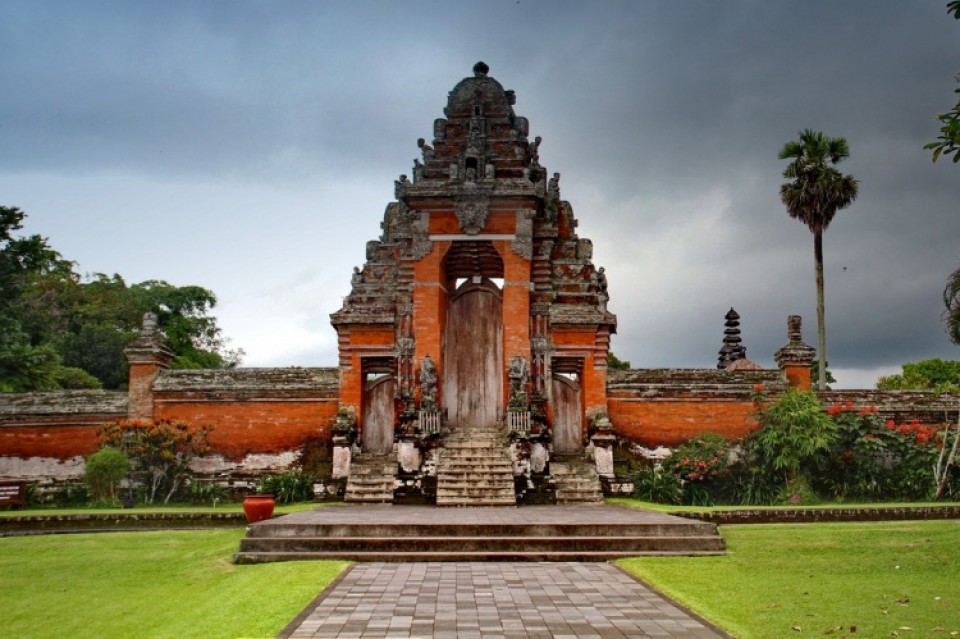
Bali is not only known for its tourist destinations but also for its rich and deeply rooted culture. Throughout its various regions, you can find traditional Balinese architectural structures that are truly captivating. These structures are not only about the layout inside the houses but also the intricate decorations seen on temples and historical buildings. In addition to the details, there are various philosophical aspects that go into the creation of a traditional Balinese house. Here are some inspiring aspects to know about Balinese houses:
Multiple Buildings on One Land
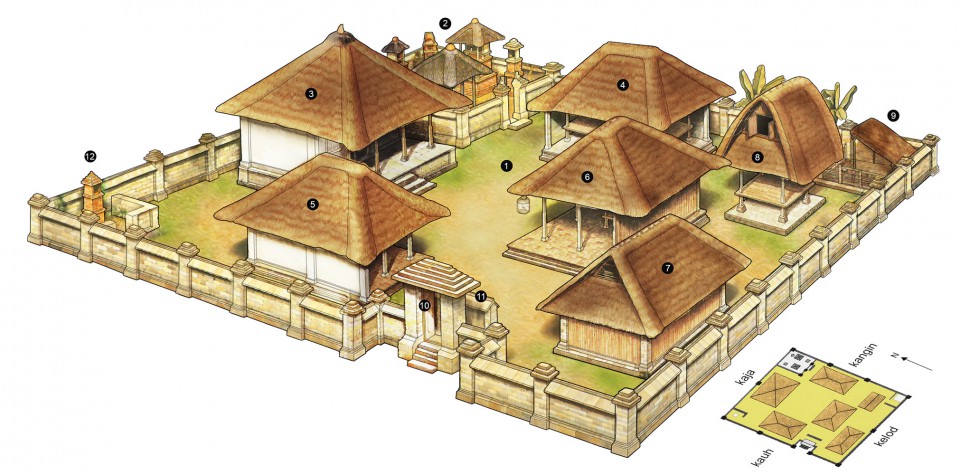
lahan kawasan rumah bali via komangputra
Balinese houses differ from modern homes in that they consist of various separate buildings within the same compound. For instance, bedrooms and kitchens are housed in separate structures, just like worship areas and other rooms. This is rooted in the philosophy of Tri Hita Karana, which emphasizes the balance between human life, the natural environment, and the spiritual realm.
The Philosophy of Fundamental Design Dimensions
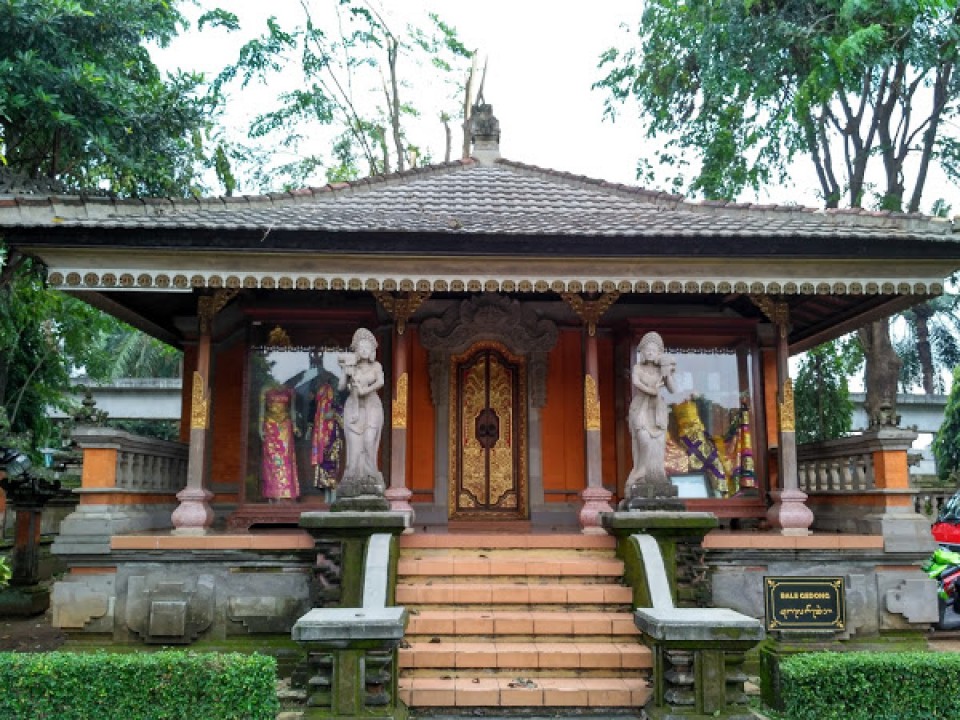
bale dauh via rumah-adat
In traditional Balinese houses, you'll notice a single living area with various distinct buildings. Each building has its own purpose and unique philosophy in terms of placement. The entire compound is enclosed by walls to define the boundaries of the property. This is due to the rules of Asta Kosala Kosali, which dictate the placement of homes, sacred buildings, and measurements. Balinese home design is not based on international standards but rather on dimensions like the span of a hand or arm, such as depa, jengkal, or hasta. This is done to create harmony and dynamism between humans, the environment, and the divine, as per Tri Hita Karana.
Rules of Building Arrangement Within a Home
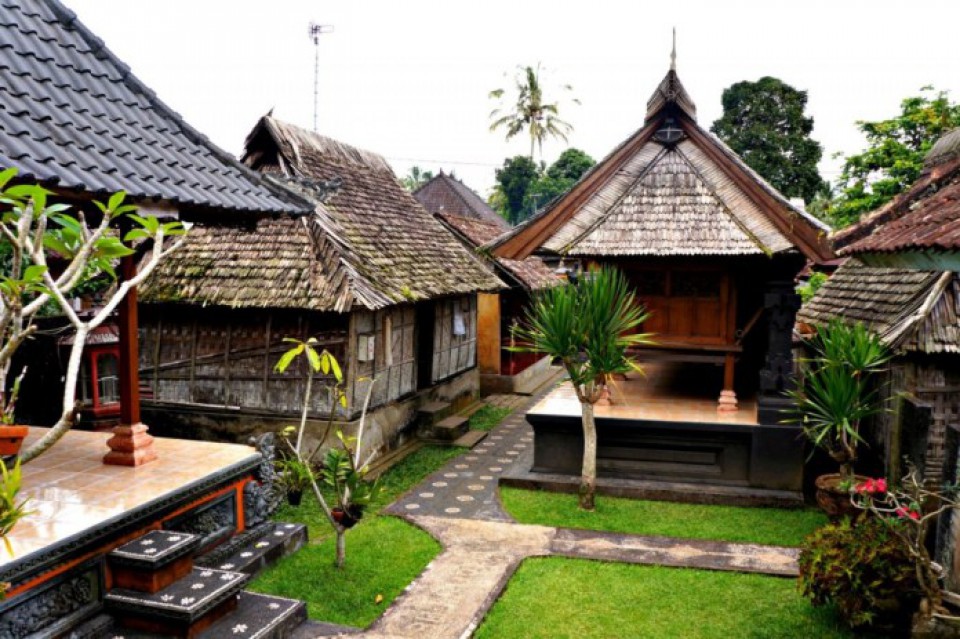
susunan rumah bali via waterbasecoating
The arrangement of structures follows the cardinal directions, with the north considered sacred and the south viewed as less favorable. This concept is based on Tri Angga, a tripartite layout where the front section is called the utama mandala, which is the sacred worship area. The middle section is the madya mandala, which serves as the living space, and the rear section is the Nista mandala, used for service areas. According to Balinese rules, the northeast corner of a house is considered the holiest area and is where the place of worship is typically located. Meanwhile, the southwest corner is regarded as less significant.
Material Usage Reflects Social Status
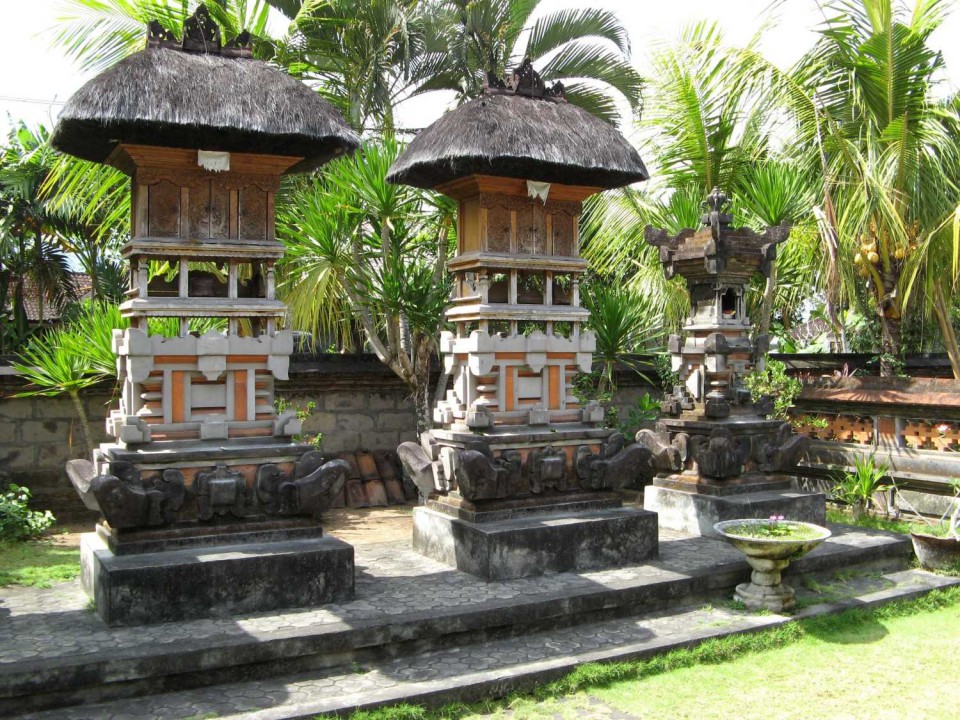
pura keluarga via wikipedia
The arrangement of structures follows the cardinal directions, with the north considered sacred and the south viewed as less favorable. This concept is based on Tri Angga, a tripartite layout where the front section is called the utama mandala, which is the sacred worship area. The middle section is the madya mandala, which serves as the living space, and the rear section is the Nista mandala, used for service areas. According to Balinese rules, the northeast corner of a house is considered the holiest area and is where the place of worship is typically located. Meanwhile, the southwest corner is regarded as less significant.
Material Usage Reflects Social Status
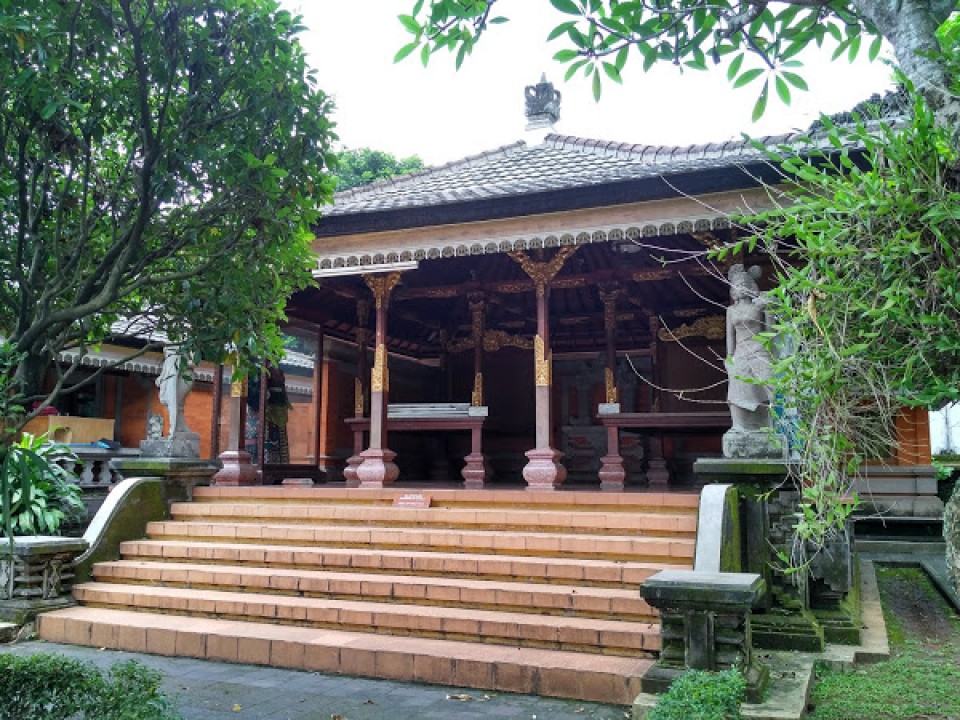
bale dangin via rumah-adat
The choice of materials in Balinese architectural design is not arbitrary but rather reflects social and economic status. Distinctions are made based on social class. For example, middle-class families typically build their homes with clay, while upper-class families use bricks. The same goes for roofing materials, with noble families using clay tiles, while commoners use alang-alang or ijuk (palm fiber).
Various Types of Buildings Within a Home
Different buildings within a Balinese home compound serve distinct purposes and display diverse architectural designs.
1. Entrance Gate: The main gate to enter the home often takes the form of a gapura, which serves as the entrance and exit point enclosed by walls.
2. Pura (Temple): A place of worship within the home is essential in Balinese culture. It is located in the northeast corner, considered sacred. This is where family members pray and honor their ancestors.
3. Bale Meten: The main building in the compound, elevated from the ground. It serves as the family's dwelling. The number of support pillars and the name of this building may vary.
4. Bale Dangin: This building is used for ceremonies and relaxation. Its design depends on the number of support pillars.
5. Bale Dauh: Located in the western part of the compound, it serves as a guest reception area. It has a lower floor level compared to the bale meten and bale gede.
6. Bale Sakepat: An open building with four pillars, often used for sleeping or family relaxation.
7. Paon (Kitchen): The kitchen is situated in the southwest corner, opposite the temple (pura) in the northeast. It comprises storage and cooking areas. As it is located in an unfavorable direction, it is believed to cleanse family members after returning from afar, removing any negative energy.
8. Jineng. A rice barn used for storing rice. It is typically located near the kitchen, in the southeast corner of the house.
source: rumah-adat | wikipedia




